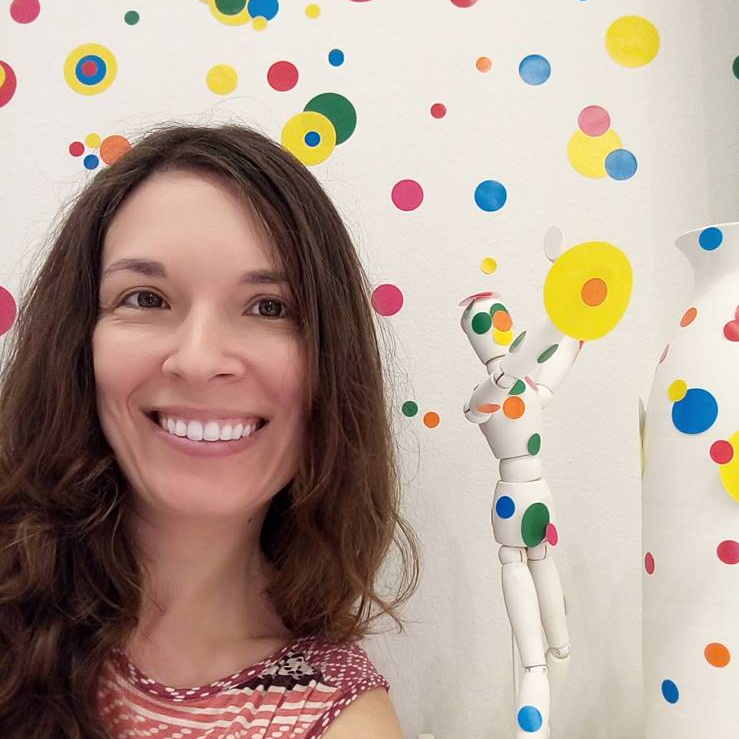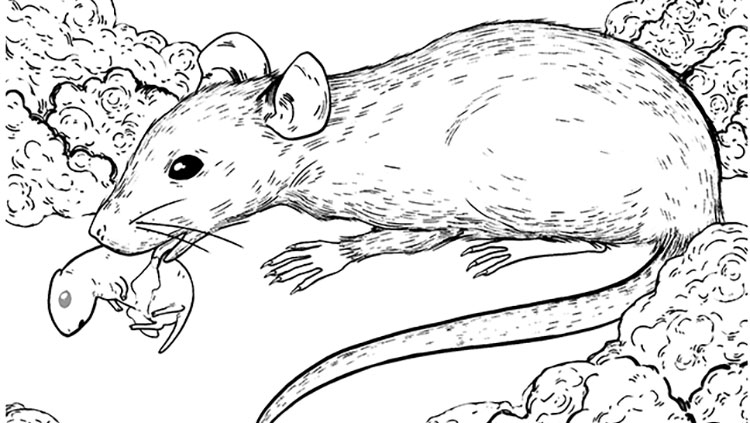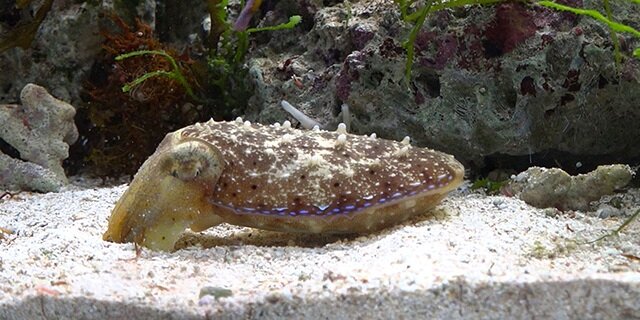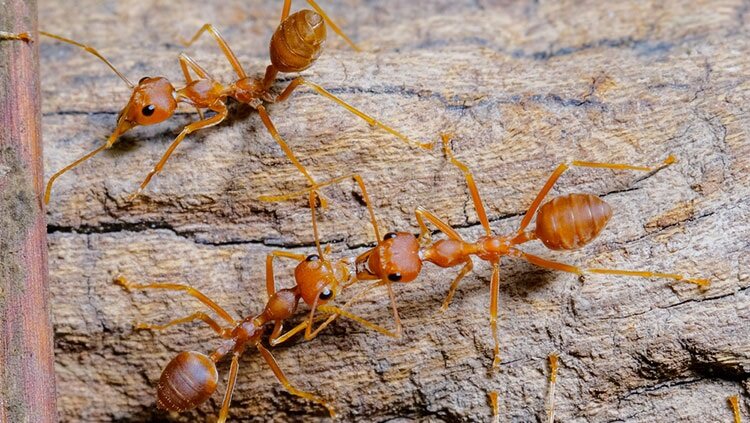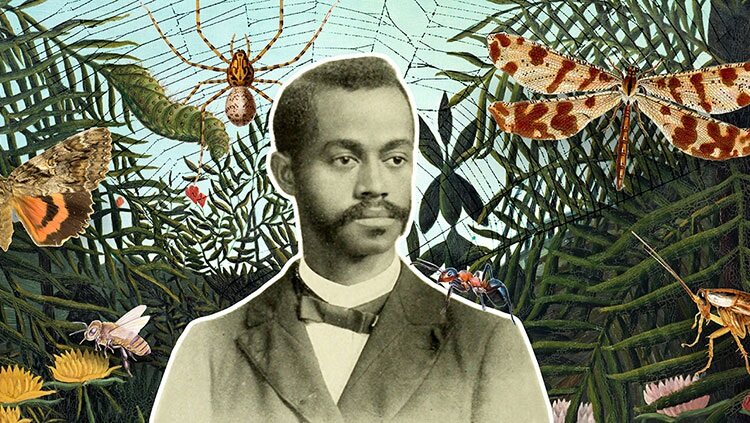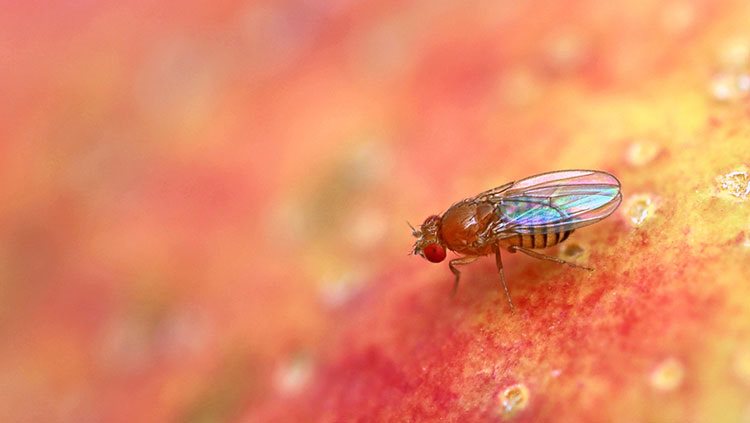When Mice Can’t Answer Questions, Neuroscience Turns to Primates
- Published25 Oct 2018
- Reviewed25 Oct 2018
- Author Rachel Kaufman
- Source BrainFacts/SfN
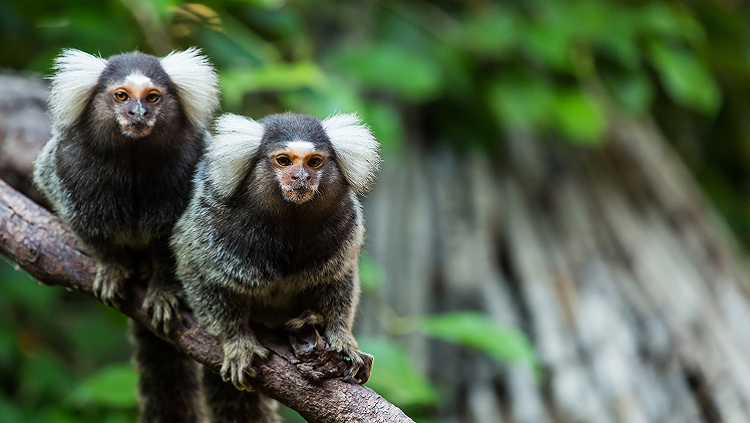
Mouse models of human disease have revolutionized medical research. For example, nusinersen, the first drug approved for the treatment of spinal muscular atrophy, a neuromuscular disease, proved its value in mice long before being tested in humans. Today, thousands of varieties of engineered mice help scientists study a host of human diseases and disorders.
But, overall, when it comes to treatments for brain disorders, success in mice more often than not fails in humans. In part, because, while a mouse heart is very much like a tiny version of a human heart, a mouse brain isn’t a scaled-down human brain.
"We [humans] are much more advanced," said Guoping Feng, professor of neuroscience at the McGovern Institute for Brain Research at MIT, noting that newly designed drugs developed in mice may not work in humans. "We've had a lot of failures translating rodent studies to the clinic. It's not the mouse's fault," said Feng.
Feng, who is also member of the Stanley Center for Psychiatric Research at the Broad Institute, and other researchers from around the world met in Washington, D.C. at a public workshop hosted by the National Academies of Sciences, Engineering and Medicine's Forum on Neuroscience to explore the relevance and ethics for using non-human primates (NHPs) in research.
While there are greater levels of concern around the ethics of using NHPs in research studies, there are some studies you cannot conduct on humans for ethical reasons, said Jeffrey Kahn, the director of the Johns Hopkins Berman Institute of Bioethics. Kahn said that the use of NHPs can be "justified," but added that the closer scientists get to a human model of disease, the greater the ethical considerations. “The closer you make [the model] to a human, the more you begin to back into the same ethical issues that keep you from using humans,” said Henry Greely, director of the Center for Law and the Biosciences at Stanford.
Still, some questions seem to require NHPs. Researchers studying Huntington’s disease have created 20 different types of mouse to study the disease, but they have limitations, and haven’t yet led to treatment. Huntington's disease gets worse as humans age, and mice have such a short lifespan, they haven't been a good way to study the disease , said Yoland Smith, division chief of neuropharmacology and neurological diseases at the Yerkes National Primate Research Center. “You’re very limited in what you can test in these animals,” he added. “These are long-term genetic disorders, [and] you cannot follow these animals for a long time.”
So, researchers used genetic engineering to create a monkey with Huntington’s disease.
It is harder to genetically modify monkeys than mice. It wasn't until 2001 when the first genetically modified monkey was created, The first Huntington’s disease monkey, with a mutated version of a gene called HTT (which in humans is believed to cause Huntington’s disease), was created in 2008.
Since that first modified monkey, neuroscientists have used genetically modified monkeys to study autism spectrum disorder, and an ambitious effort in Japan plans to use genetically modified marmosets to study Alzheimer's disease and Parkinson's disease, among others. Scientists have also used "wild-type" monkeys (those that have not been artificially modified in the lab) to study a number of brain disorders, including schizophrenia, obsessive-compulsive disorder, depression and more.
NHPs, because they are so similar to us, do have the potential to help us reduce human suffering by curing or treating all kinds of diseases. But scientists have a responsibility to not induce unnecessary suffering in the research animals, too. Researchers need to not only consider how to best care for the NHPs they study, but whether a NHP is even necessary, said GlaxoSmithKline’s Landi. For many brain studies, a NHP is indispensable, "but sometimes the question could be asked in a lower-order species" like a mouse or even a yeast.
Ultimately, NHPs will probably remain important in neuroscience for decades to come. As said by Robert Desimone, professor of neuroscience at MIT, "to go from [discovering] a gene mutation to a causal pathology [discovering the cause of a disease] is difficult. Going from a pathology to a drug is difficult. What we've learned from mice is that this [work with non-human primates] is going to take many laboratories. [These problems] won't be solved in one lab or one center. I don't think they will be solved in one country."
CONTENT PROVIDED BY
BrainFacts/SfN
Also In Animals in Research
Trending
Popular articles on BrainFacts.org


